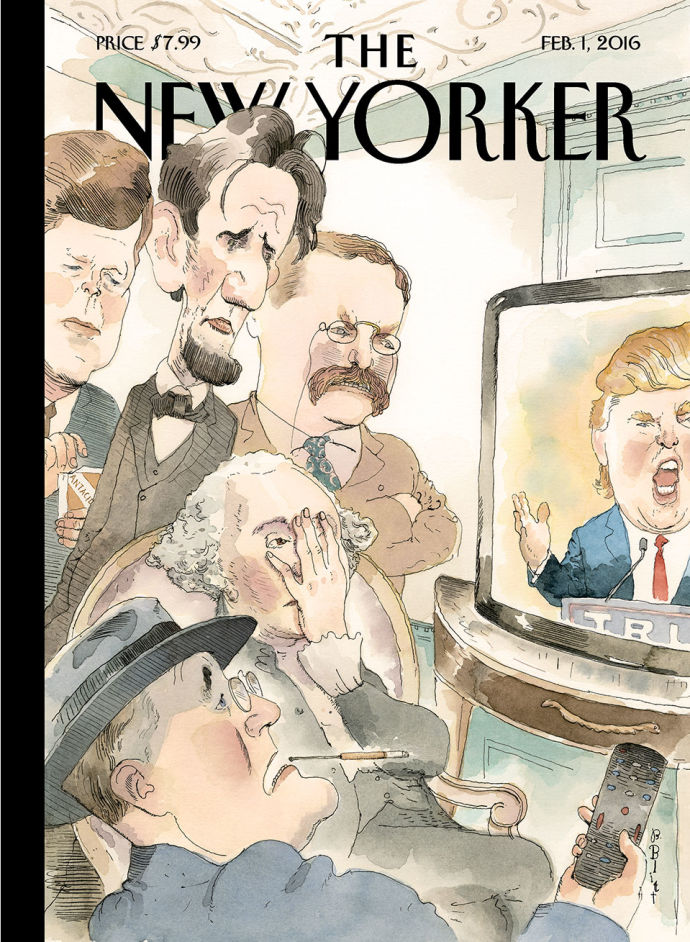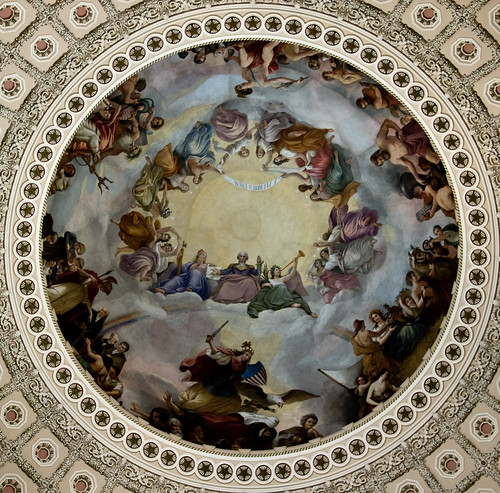Today, I noticed two different opinion pieces mentioning “Legendary Americans” we have studied (or will soon discuss).
First, in tomorrow’s New York Times, the founders of the Women on 20s campaign argue that Harriet Tubman still deserves a spot on a bill, despite a statement released today that says Hamilton will stay. They write:
If, as Mr. Lew states, the images on our currency reflect what we value as a nation, then Jackson, a slave trader and Native American oppressor, should be removed from the ubiquitous $20 bill and replaced by the freed slave and freedom fighter Harriet Tubman, the choice in our online survey that polled more than half a million people. And we should continue to preserve and celebrate the legacy of Alexander Hamilton, an immigrant who did so much to shape our democracy, not to mention the monetary system that Andrew Jackson worked so hard to discredit.
Also today on The Atlantic blog, Ta-Nehisi Coates discusses recent controversy over the movie Nina Simone, in which the actress playing the lead character was asked by producers to darken her skin. Critics of the move have argued that the film ignores the fact that Simone herself often lamented the unique oppression suffered by dark-skinned, as opposed to lighter-skinned, black women. The biopic’s distributor replied by citing someone we will be reading about next week: “You think Rosa Parks’ pain was less than Nina’s when she had to endure not sitting on a bus?”
Finally, today I saw a spoken poem called “History Reconsidered” that touched on some of the topics that we’ve discussed the last two weeks. It begins: “Letter to Five of the President who Owned Slaves when They Held Office.”
Just more evidence of the ways that contemporary Americans continue to find “usable pasts” in the lives of legendary Americans.




 For next Thursday, you’ll be reading most (but not all) of the Francois Furstenberg book. (See
For next Thursday, you’ll be reading most (but not all) of the Francois Furstenberg book. (See